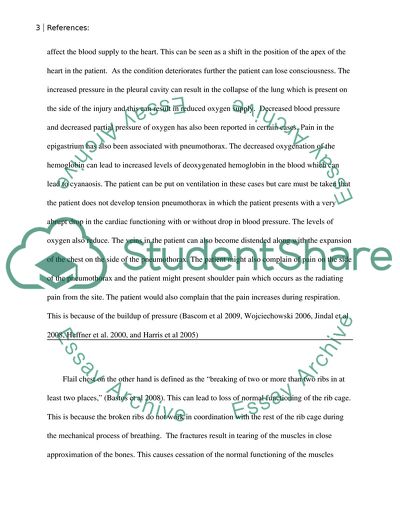Cite this document
(“The Development of Pneumothorax: the Mechanical Process of Breathing Research Paper”, n.d.)
The Development of Pneumothorax: the Mechanical Process of Breathing Research Paper. Retrieved from https://studentshare.org/health-sciences-medicine/1737145-respiratory-compromise-and-pneumothorax
The Development of Pneumothorax: the Mechanical Process of Breathing Research Paper. Retrieved from https://studentshare.org/health-sciences-medicine/1737145-respiratory-compromise-and-pneumothorax
(The Development of Pneumothorax: The Mechanical Process of Breathing Research Paper)
The Development of Pneumothorax: The Mechanical Process of Breathing Research Paper. https://studentshare.org/health-sciences-medicine/1737145-respiratory-compromise-and-pneumothorax.
The Development of Pneumothorax: The Mechanical Process of Breathing Research Paper. https://studentshare.org/health-sciences-medicine/1737145-respiratory-compromise-and-pneumothorax.
“The Development of Pneumothorax: The Mechanical Process of Breathing Research Paper”, n.d. https://studentshare.org/health-sciences-medicine/1737145-respiratory-compromise-and-pneumothorax.


